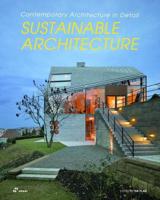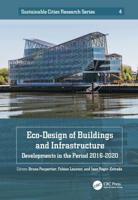Publisher's Synopsis
This book provides an overview of the circular economy in the built environment, presenting a fusion of insights from esteemed researchers and seasoned practitioners. The chapters cover pivotal themes, including the transformative concept of buildings as material banks, innovative design approaches, and the potential of digitalization for a circular built environment. Beyond these foundational themes, the book critically addresses the integration of low-tech solutions and some principles of sobriety in the built environment. It also takes an informed look at the role of standardization, providing nuanced insights into its driving influence on circular practices and the associated challenges and opportunities.
The book adopts a trans-scalar perspective by traversing the entire spectrum of building phases from initial programming to the recovery phase, as well as from the scale of materials to the scale of buildings, offering a profound examination of the intricate dynamics involved in the offer/demand for recovered materials. This book highlights the paramount need to harmonize research with practical applications. By spotlighting effective circular practices and elucidating the challenges faced by practitioners, it identifies fertile grounds for further research. Moreover, the book extends its reach by offering practical ideas on how practitioners can seamlessly adopt a circular approach in both thought and realization.
Circular Economy for the Built Environment: Research and Practice is a must-read book for students, researchers, academics, and practitioners in the fields of architecture, planning, engineering, construction, and real estate. This book provides a compelling narrative that bridges the theoretical and practical realms of the circular economy in the built environment.











